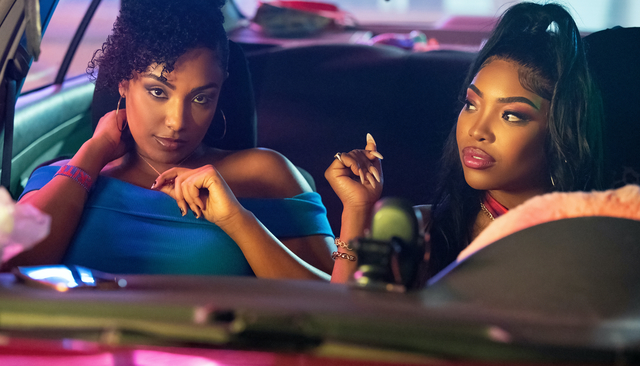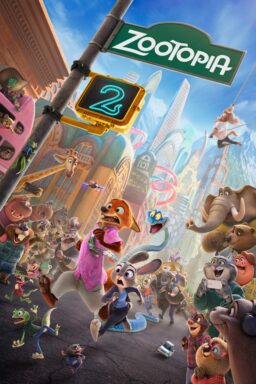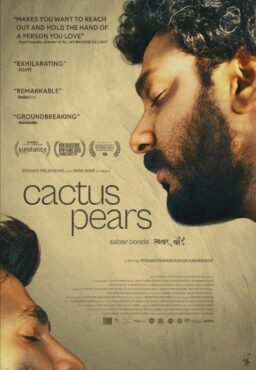I’m no hip-hop head but I grew up with music in my house. My father had records from MC Lyte and Kool Moe Dee in the basement, and I was introduced to east coast rappers like Foxy Brown and everyone under Bad Boy Records by stealing my brother’s CDs before he got home from school. Blend that nostalgia with my love for the hip-hop girlies of today and writer/executive producer Issa Rae, and you have the reason my interest was piqued by Rae’s new show, “Rap Sh!t”.
“Rap Sh!t,” premiering on HBO Max on July 21st, is about two former high school friends from Miami who reunite to form a rap duo. Shawna (Aida Osman, who also is a writer on the series) has been chasing fame as a solo rapper with just a dash of success. Mia (rapper Kamillion) is a talented make-up artist and mum who uses various parts of her personality online to help make ends meet. After somewhat randomly finding each other again, the girls’ lives start to intertwine as they realize their dreams of “making it” align, and their friendship—and careers—bloom from there. Loosely based on the story of the City Girls, Yung Miami and JT—and named after one of their songs—this is the second HBO series from the multi-hyphenate Issa Rae after the wildly successful “Insecure.”
Rae has already shown a tendency to turn her city settings into main characters, and this time it’s Miami. One of the first shots of the series shows quick-but-stunning overhead views of the Florida city set to “Take it to da House” by Trick Daddy, Trina & The Slip-N-Slide Express—if you grew up in the early aughts you know that they are the official unofficial rulers of Miami. She pays homage to the city in musical form quite a bit, but also does so behind the camera, tapping Miami natives like Kid Fury as a writer, and the aforementioned City Girls as executive producers. She’s been in the game long enough that she knows—and probably learned the hard way—that if you are going to tell a story that so prominently features a city (or a community), you can’t do it properly without the help of folks who have lived experience to help create these worlds.

“Rap Sh!t” is shot chiefly through the characters’ phones as Facetime calls, text messages, and voice notes are used to tell the story. This has been done before, but it’s usually filmed so chaotically that it distracts from the narrative. In “Rap Sh!t,” not only does it make sense, it’s absolutely pivotal to the success of the show. Shawna and Mia live on their phones—particularly on social media—where we see the creation, maintenance, and destruction of their love lives, careers, friendships, and more. Rae was inspired by how much social media played a part in the trajectory of rappers like Megan Thee Stallion and Cardi B, and wove that inspiration into the series. It’s also effective in its absence in that as real moments that don’t usually happen on a livestream unfold and the social media visuals gently fade away, we’re left with genuine conversations and reactions—it’s beautifully done.

In recent years, pop culture has been obsessed with ‘Black Girl Magic,’ so focused on the strong Black woman or other two-dimensional tropes that often lack full personalities and stories. This also leads to a dearth of Black girl friendships that aren’t wrought with constant strain. “Rap Sh!t” not only centers friendship but it’s a new one, one that is being rediscovered. Yes, there is judgment and bickering between the two, but there is also sweetness and care. It feels real as they discover each other’s flaws, uncover their needs, and learn about themselves through the eyes of another person. It’s dope to be able to watch a friendship come together and grow, rather than it be presented to us fully formed. It makes me, a Black girl viewer, even more invested to see where their fame and friendship goes over future seasons.
“Rap Sh!t” taps into the softness of Black women but also explores our confidence and the reality of its ebbs and flows. I enjoyed watching Shawna find her way to herself in a way that is fun and also a bit messy. I loved watching Mia admit how tiring it can be to have to constantly be “That Bitch” and scream about wanting someone to be there for her for a change. So much of what we have grown to expect from Rae is presented visually and in the script itself. From the wide shots with a singular character in the corner of the frame, to ending episodes with wild news that cuts to a song during the credits that give you a hint on what happens next if you know it well enough, it’s cool to feel cozy and connected to Rae’s work. Her stamp as a creator is growing.
“Rap Sh!t” will resonate with the audience who kept asking “What’s next?” after “Insecure” wrapped last year. With a slew of familiar faces popping up throughout its introductory season, a killer soundtrack, and a very steady, well-written storyline there is no reason we shouldn’t expect a slew of seasons seducing, schemin’, and rooting for these city girls and their crew.
Six episodes screened for review.











